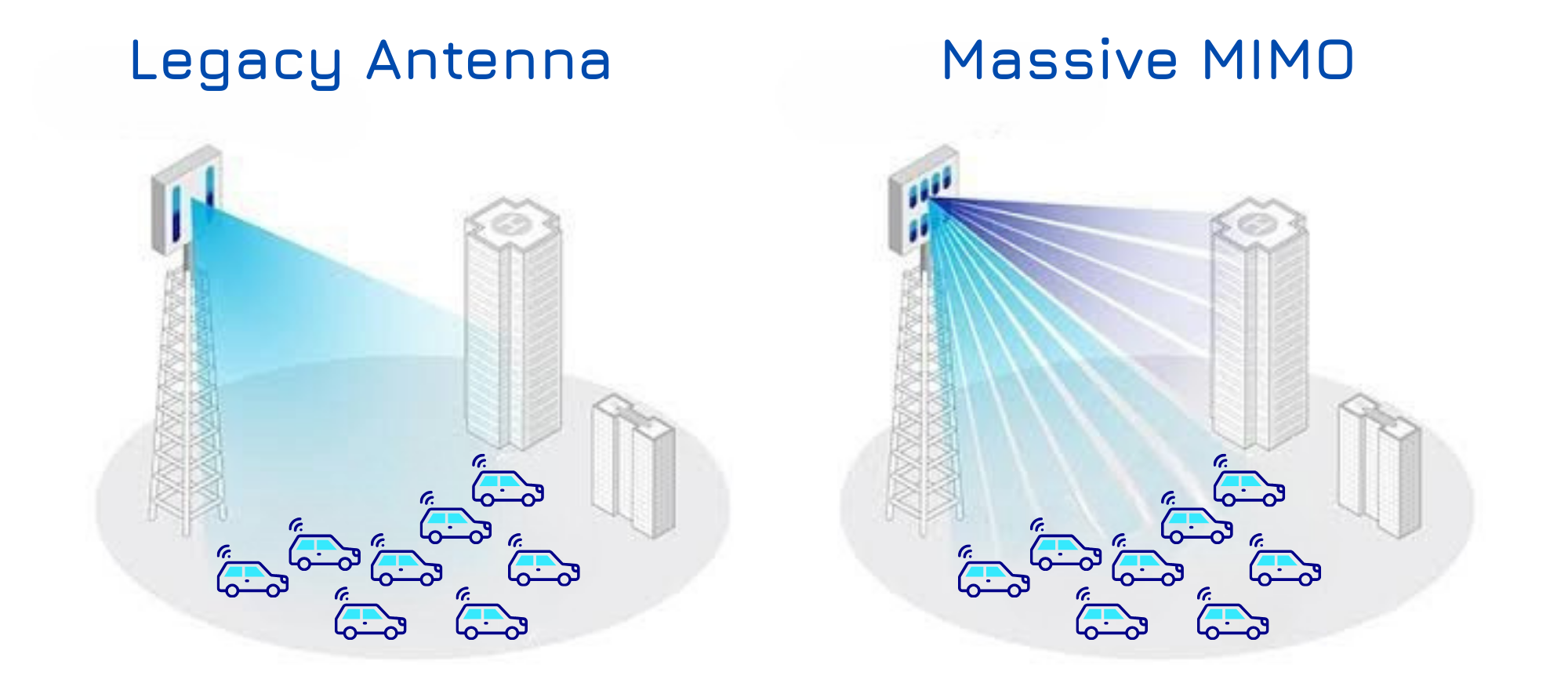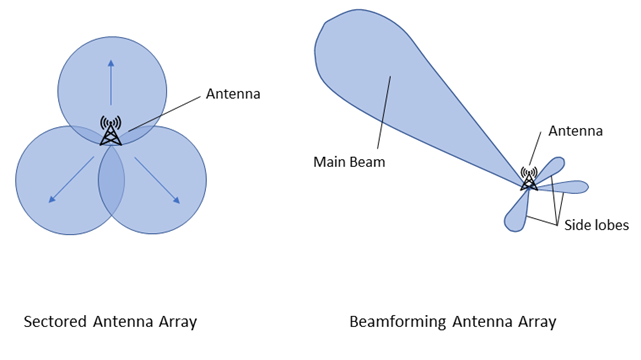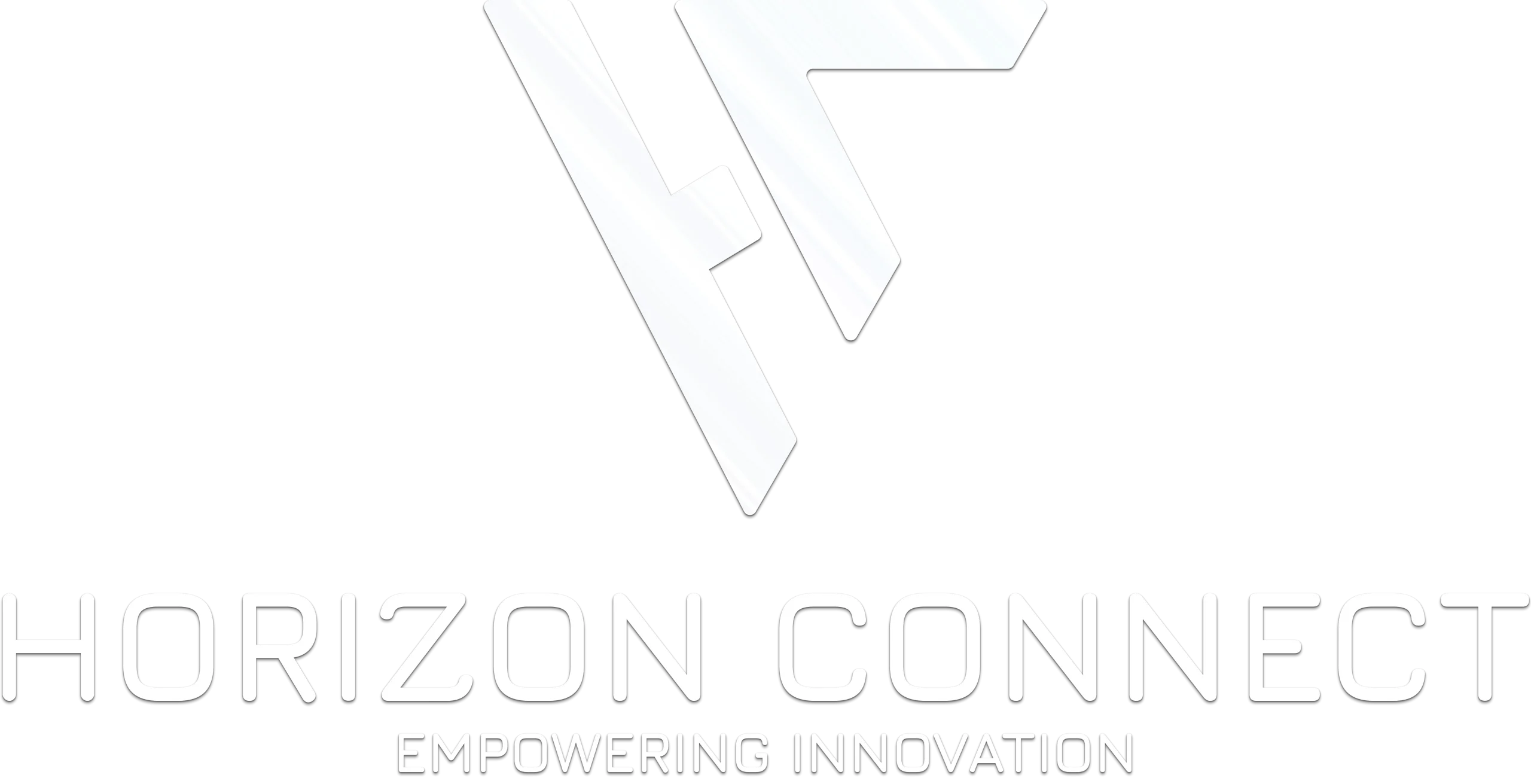As vehicles evolve into sophisticated, connected machines, the role of 5G antennas becomes increasingly critical. These antennas are not just components; they are the backbones enabling high-speed data transmission, real-time communication, and advanced safety features in modern vehicles.
The Crucial Role of 5G Antennas in Vehicle Connectivity
5G technology offers unprecedented speeds and low latency, essential for applications like autonomous driving and real-time traffic updates. However, achieving optimal 5G performance in vehicles hinges on the design and placement of antennas. Poorly designed antennas can lead to signal degradation, affecting the reliability of vehicle-to-everything (V2X) communications.
Advanced Antenna Technologies Enhancing 5G Performance
Massive MIMO and Beamforming in 5G Antennas
Massive Multiple Input Multiple Output (MIMO) technology utilizes multiple antennas to transmit and receive more data simultaneously. This increases the capacity and efficiency of 5G networks. Beamforming further enhances this by directing signals to specific devices, reducing interference, and improving signal strength. These technologies are pivotal in maintaining robust 5G connections in vehicles, especially in densely populated areas.


Millimeter-Wave (mmWave) Frequencies
5G operates at higher frequency bands, including mmWave, which offers higher data rates but has a shorter range. Designing antennas that can effectively utilize mmWave frequencies is challenging due to their susceptibility to obstacles and signal attenuation. Innovative antenna designs are required to overcome these challenges and ensure consistent connectivity.
Overview of mmWave Frequency Bands and Automotive Applicability
| Band (5G NR) | Frequency Range | Primary Applications | Automotive Connectivity Suitability |
|---|---|---|---|
| n257 | 26.5 – 29.5 GHz | Fixed wireless access, urban 5G small cells | Suitable – Common for trials in urban mobility zones |
| n258 | 24.25 – 27.5 GHz | Mobile broadband, IoT, early 5G automotive testing | Highly suitable – Harmonized globally for 5G-V2X pilots |
| n259 | 39.5 – 43.5 GHz | High-density urban 5G, enterprise networks | Less common – High path loss limits vehicle applications |
| n260 | 37 – 40 GHz | U.S. deployments for high-throughput mobile services | Limited – Effective with line-of-sight, best for testbeds |
| n261 | 27.5 – 28.35 GHz | Verizon 5G deployments, FWA, high-data-rate city use | Possible – Used in U.S. automotive mmWave trials |
| n262 | 47.2 – 48.2 GHz | Experimental use in U.S.; satellite-terrestrial hybrid 5G | Not ideal – Too high for mobile/vehicular signal stability |
Integration Challenges in Automotive Design
Integrating 5G antennas into vehicles involves several challenges:
- Aesthetic Considerations: Antennas must be designed to blend seamlessly with the vehicle’s design without compromising performance.
- Material Constraints: The materials used in vehicle bodies can affect signal propagation. Designers must consider these factors to minimize signal loss.
- Environmental Factors: Antennas must withstand various environmental conditions, including temperature fluctuations and exposure to elements.
Case Studies
Several companies have made significant strides in integrating advanced antenna technologies into vehicles:
- AGC Inc.: Developed transparent 5G antennas embedded into vehicle glass, maintaining aesthetics while enhancing connectivity.
- Movandi: Demonstrated the use of mmWave repeaters in vehicles, achieving significant improvements in 5G connectivity and range.
The Future of 5G Antennas in Connected Vehicles
As the automotive industry continues to embrace connectivity, the importance of well-designed 5G antennas will only grow. Future developments may include:
- Smart Antennas: Antennas that can dynamically adjust their parameters for optimal performance.
- Integration with AI: Using artificial intelligence to manage and optimize antenna performance in real-time.
- Enhanced Durability: Developing antennas that can withstand harsher conditions without performance degradation.
Conclusion: Horizon Connect’s Role in Advancing 5G-Enabled Mobility
As the automotive landscape shifts towards smarter, more connected vehicles, the significance of robust and well-designed 5G antennas cannot be overstated. These components are essential to unlocking the full potential of connected mobility—enabling real-time data exchange, improving safety, and supporting the demands of autonomous driving systems.
At Horizon Connect, we understand these evolving demands and deliver innovative, scalable connectivity solutions customized for the automotive industry. From seamless integration of high-performance 5G modules to ensuring compliance with global standards, our technologies empower OEMs and fleet operators to build vehicles that are truly future-ready. As the industry continues to push the boundaries of what’s possible, Horizon Connect remains a committed partner in driving next-generation mobility.


